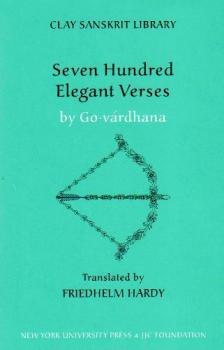Ingram
Все книги издательства IngramThe Television Will Be Revolutionized, Second Edition
Go behind the TV screen to explore what is changing, why it is changing, and why the changes matters. Manyproclaimed the “end of television” in the early years of the twenty-firstcentury, as capabilities and features of the boxes that occupied a centralspace in American living rooms for the preceding fifty years were radicallyremade. In this revised, second editionof her definitive book, Amanda D. Lotz proves that rumors of the death oftelevision were greatly exaggerated and explores how new distribution andviewing technologies have resurrected the medium. Shifts in the basic practicesof making and distributing television have not been hastening its demise, butare redefining what we can do with television, what we expect from it, how weuse it—in short, revolutionizing it. Television,as both a technology and a tool for cultural storytelling, remains as importanttoday as ever, but it has changed in fundamental ways. The Television Will Be Revolutionized provides a sophisticatedhistory of the present, examining television in what Lotz terms the“post-network” era while providing frameworks for understanding the continuedchange in the medium. The second edition addresses adjustments throughout theindustry wrought by broadband delivered television such as Netflix, YouTube,and cross-platform initiatives like TV Everywhere, as well as how technologiessuch as tablets and smartphones have changed how and where we view. Lotz beginsto deconstruct the future of different kinds of television—exploring how“prized content,” live television sports and contests, and linear viewing mayall be “television,” but very different types of television for both viewersand producers. Throughinterviews with those working in the industry, surveys of trade publications,and consideration of an extensive array of popular shows, Lotz takes us behindthe screen to explore what is changing, why it is changing, and why the changesmatter.
The Rise of Wisdom Moon
The Rise of Wisdom Moon was composed during the mid-eleventh century by Krishna mishra, an otherwise unknown poet in the service of the Chandella dynasty, whose cultural and religious capital was Khajuraho. The early popularity of Krishna mishra’s work led to its frequent translation into the vernaculars of both North and South India, and even Persian as well. Famed as providing the enduring model of the allegorical play for all subsequent Sanskrit literature, The Rise of Wisdom Moon offers a satirical account of the conquest of the holy city of Benares by Nescience, of the war of liberation waged by the forces of Intuition, and of the freedom of the Inner Man that then follows the rise of Wisdom. But at the outset, when Nescience still has the upper hand, with minions like Lord Lust, such developments seem unlikely.
Seven Hundred Elegant Verses
When Go·várdhana composed his "Seven Hundred Elegant Verses" in Sanskrit in the twelfth century CE, the title suggested that this was a response to the 700 verses in the more demotic Prakrit language traditionally attributed to King Hala, composed almost a thousand years earlier. Both sets of poems were composed in the arya metre. Besides being the name of a metre, in Sanskrit arya means a noble or elegant lady, and Go·várdhana wished to reflect and appeal to a sophisticated culture. These poems each consist of a single stanza, almost as condensed and allusive as a Japanese haiku. They cover the gamut of human life and emotion, though the favorite topic is love in all its aspects.Co-published by New York University Press and the JJC FoundationFor more on this title and other titles in the Clay Sanskrit series, please visit http://www.claysanskritlibrary.org









